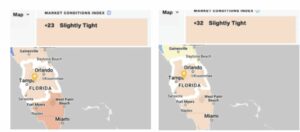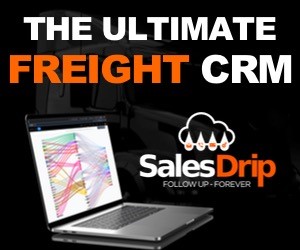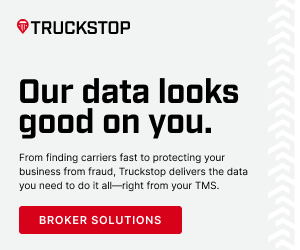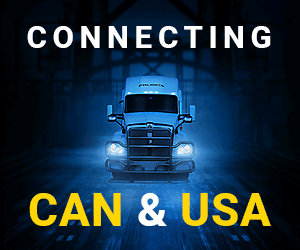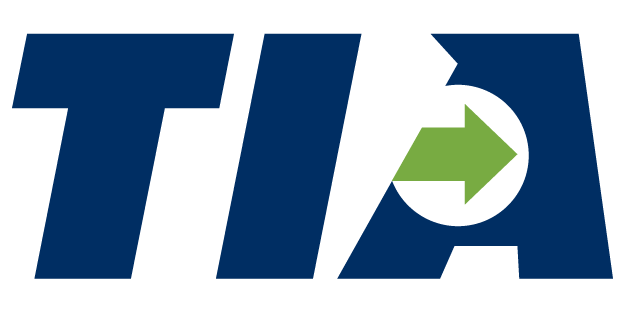The 2024 State of Logistics Report, now in its 35th year, provides a detailed analysis of the current landscape of U.S. supply chains and highlights the pivotal role of technological investments in shaping the future of logistics.
The report illustrates the degree to which the logistics sector is at a critical juncture, facing unprecedented challenges and opportunities. From global disruptions to evolving customer expectations, supply chains must adapt swiftly and efficiently. The 2024 State of Logistics Report emphasizes that the significant investments in advanced automation, artificial intelligence and end-to-end visibility are transformative forces reshaping the logistics landscape. These technologies are crucial in building robust supply chains capable of withstanding disruptions and delivering superior service.
Top 10 Reasons Technology is the Key to Success in Shipping
One of the most significant technological advancements highlighted in the report is advanced automation, a pivotal factor for Shippers and 3PLs aiming to stay competitive and efficient in today’s changing economic landscape. The modern supply chain is a complex web that demands precision, speed and agility. The following helps illustrate why advanced automation is not just a luxury but a necessity:
- Enhanced Operational Efficiency — Automation streamlines operations by reducing manual intervention and minimizing errors. This means faster processing times, reduced labor costs, and improved accuracy. Automated systems handle repetitive tasks, allowing human resources to focus on more strategic activities.
- Improved Accuracy and Reduced Errors — Manual processes are prone to human error, leading to costly mistakes and delays. Automation ensures high accuracy in tasks like inventory counting, order fulfillment, and data entry, reducing the risk of errors and improving customer satisfaction.
- Scalability and Flexibility — Automated systems can be scaled up or down quickly to meet demand fluctuations without significant, costly changes in infrastructure. This flexibility is crucial during peak seasons or unexpected surges in demand.
- Enhanced Visibility and Tracking — Automation tools provide real-time visibility into the supply chain, allowing for informed decision-making, optimized routes and proactive issue resolution.
- Cost Savings — The initial investment in automation technology is offset by long-term cost savings through reduced labor costs, minimized errors and improved resource utilization.
- Better Data Management and Analytics — Automation generates data that can be analyzed to gain insights into operational performance, customer behavior and market trends, aiding in data-driven decision-making and process optimization.
- Competitive Advantage — Companies that embrace automation can offer faster, more reliable and cost-effective services compared to those using traditional methods.
- Adaptation to E-commerce Growth — Advanced automation is essential for handling high volumes of small orders efficiently, which is critical for e-commerce success.
- Sustainability and Compliance — Automation optimizes resource use, reduces waste and ensures compliance with industry standards and regulations.
- Enhanced Security and Risk Management — Automation enhances security and mitigates risks by ensuring secure data handling, detecting fraud and providing real-time monitoring.
What to Expect in This Series
Over the next few weeks, we will explore key themes from the report, focusing on how advanced technologies are driving resilience, agility and flexibility in supply chains to navigate both current and future disruptions.
- Artificial Intelligence: Leveraging AI to predict disruptions, optimize routes and improve decision-making.
- End-to-End Shipping Visibility: The importance of transparency and real-time tracking.
- Accelerating Resilience: Building resilient supply chains and the role of technology.
- Elevating Agility and Flexibility: Strategies for enhancing agility and flexibility through smart investments.
How Banyan Technology’s Freight Software Provides Advanced Automation
Banyan Technology’s freight software is a prime example of how advanced automation can revolutionize supply chain management for Shippers and 3PLs. Key benefits include:
- Real-Time Freight Management: Provides real-time visibility into freight operations, enabling accurate shipment tracking and prompt exception management.
- Automated Rate and Route Optimization: Ensures shipments are routed through the most efficient and cost-effective paths.
- Seamless Integration: Integrates with existing systems for a smooth transition to automated processes.
- Advanced Data Analytics: Provides actionable insights into logistics operations, helping optimize processes and improve service levels.
- Enhanced Customer Experience: Automates routine tasks and provides real-time updates, leading to higher customer satisfaction and loyalty.
Contact Banyan Technology at 844-309-3911 or [email protected] to learn more about our commitment to leading the way in supply chain innovation and thought leadership.
















